-
 Bitcoin
Bitcoin $83,909.0977
-3.63% -
 Ethereum
Ethereum $2,284.9023
-5.63% -
 Tether USDt
Tether USDt $0.9988
0.00% -
 XRP
XRP $2.1612
-2.05% -
 BNB
BNB $596.7850
-2.56% -
 Solana
Solana $130.9004
-7.28% -
 USDC
USDC $0.9998
-0.02% -
 Dogecoin
Dogecoin $0.1973
-3.30% -
 Cardano
Cardano $0.6415
-2.80% -
 TRON
TRON $0.2236
-0.99% -
 Chainlink
Chainlink $14.7991
-0.06% -
 Litecoin
Litecoin $121.9618
9.48% -
 Avalanche
Avalanche $21.1456
-0.38% -
 Sui
Sui $2.7809
-0.59% -
 Stellar
Stellar $0.2799
-0.33% -
 Toncoin
Toncoin $3.4077
-2.42% -
 UNUS SED LEO
UNUS SED LEO $8.9286
0.71% -
 Shiba Inu
Shiba Inu $0.0...01382
0.26% -
 Hedera
Hedera $0.1891
1.61% -
 Polkadot
Polkadot $4.6818
4.09% -
 MANTRA
MANTRA $7.2418
-5.13% -
 Hyperliquid
Hyperliquid $18.9137
-1.09% -
 Ethena USDe
Ethena USDe $0.9992
0.00% -
 Bitcoin Cash
Bitcoin Cash $285.9656
0.37% -
 Dai
Dai $0.9997
-0.01% -
 Bitget Token
Bitget Token $3.8921
-7.87% -
 Uniswap
Uniswap $7.6687
-5.51% -
 Monero
Monero $212.1249
-1.54% -
 NEAR Protocol
NEAR Protocol $2.8937
0.50% -
 Pepe
Pepe $0.0...07883
-2.17%
What is the token economics model of Stader (SD)?
Stader's (SD) utility token design incentivizes staking, supports platform operations, fosters governance participation, and enhances its scarcity and value potential, ensuring its multifaceted role within the Stader ecosystem.
Jan 01, 2025 at 09:17 am

Key Points of Stader (SD) Token Economics Model:
- Token Utility: SD is a utility token that serves multiple functions within the Stader ecosystem.
- Staking: Users can stake SD to earn rewards in the form of additional SD tokens and governance power.
- Transaction Fees: SD is used to pay transaction fees for activities within the Stader platform, such as staking and delegation.
- Governance: SD holders can participate in governance decisions and vote on proposals that shape the future of the Stader platform.
- Limited Supply: SD has a limited maximum supply of 500 million tokens, ensuring its scarcity and potential value appreciation.
Tokenomics Model Details:
1. Token Allocation
- Staking Rewards: 55%
- Ecosystem Fund: 15%
- Team and Advisors: 15%
- Liquidity: 10%
- Community Fund: 5%
2. Staking Mechanism
- Stakers lock their SD tokens for a predefined period (ranging from 3 to 36 months).
- Staking rewards are distributed proportionally based on the amount and duration of staked tokens.
- The longer the staking period, the higher the rewards earned.
3. Transaction Fees
- 0.1% transaction fee applies to all staking and delegation activities on the Stader platform.
- Fees are collected in SD and used to fund platform development and operations.
4. Governance
- SD holders can participate in decentralized governance by voting on platform proposals.
- The number of votes is proportional to the amount of staked SD tokens.
- Proposals may cover various aspects of the Stader platform, including protocol upgrades, fee structures, and partnership agreements.
5. Limited Supply
- The circulating supply of SD is currently approximately 200 million tokens.
- The maximum supply is limited to 500 million tokens, ensuring the token's long-term value potential.
FAQs:
1. What is the purpose of the tokenomics model of Stader (SD)?
The tokenomics model of SD is designed to incentivize staking, support platform operations, foster governance participation, and enhance the token's scarcity and value.
2. How does staking SD benefit users?
Staking SD provides users with rewards in the form of additional SD tokens and increased governance power. Staking helps secure the Stader network and supports the platform's growth and development.
3. What are the benefits of limited token supply?
A limited token supply creates scarcity, which can contribute to price appreciation over time. By limiting the supply of SD, the Stader team aims to enhance the token's value proposition and potential return on investment.
4. How can users participate in Stader governance?
SD holders can participate in governance by staking their tokens and voting on proposals that affect the platform's development, operations, and strategic direction.
5. What are the potential risks of investing in Stader (SD)?
As with any investment, there are potential risks involved with investing in SD. These risks include market volatility, regulatory changes, and the overall performance of the Stader platform. It is important to conduct thorough research and due diligence before investing in any cryptocurrency.
Disclaimer:info@kdj.com
The information provided is not trading advice. kdj.com does not assume any responsibility for any investments made based on the information provided in this article. Cryptocurrencies are highly volatile and it is highly recommended that you invest with caution after thorough research!
If you believe that the content used on this website infringes your copyright, please contact us immediately (info@kdj.com) and we will delete it promptly.
- Arctic Pablo Coin (APC): A New Meme Coin Seeking to Soar to the Top
- 2025-02-27 02:55:31
- Arctic Pablo Coin, Official Trump Coin, and Official Melania Meme Coin: 3 Crypto Investments to Watch
- 2025-02-27 02:55:31
- After testing lows of $2.07 on Tuesday, XRP has reclaimed $2300, showing considerable strength.
- 2025-02-27 02:55:31
- Through cloud mining, users can generate Dogecoin and Bitcoin earnings without purchasing expensive equipment
- 2025-02-27 02:55:31
- A significant transfer of Ethereum (ETH) valued at $600 million went into Bybit from Mirana Ventures
- 2025-02-27 02:55:31
- A significant transfer of Ethereum (ETH) valued at $600 million went into Bybit from Mirana Ventures
- 2025-02-27 02:55:31
Related knowledge
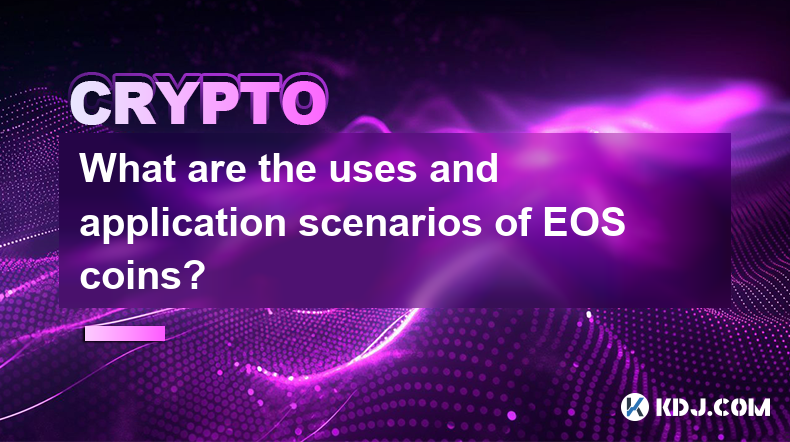
What are the uses and application scenarios of EOS coins?
Feb 26,2025 at 09:54pm
EOS: Decentralized Infrastructure for Scalable Blockchain ApplicationsKey Points:EOS enables the creation and deployment of decentralized applications with unparalleled scalability and efficiency.Its unique architecture features a high-throughput blockchain with zero transaction fees and the ability to process millions of transactions per second.EOS is ...
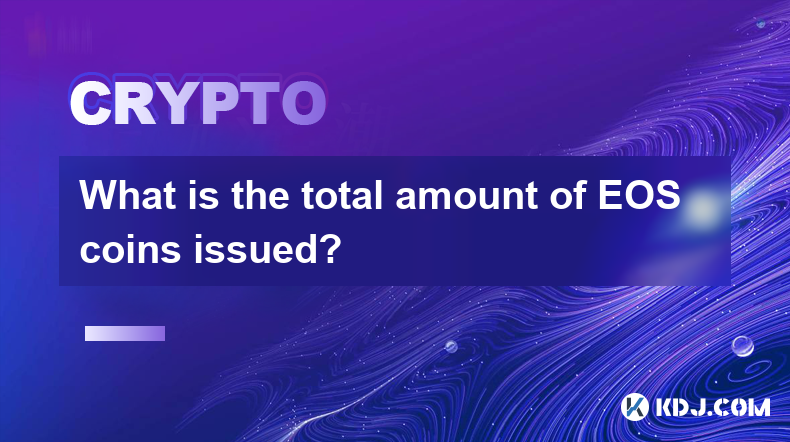
What is the total amount of EOS coins issued?
Feb 26,2025 at 06:24pm
Key PointsTotal Supply: Understand the concept of initial supply and its impact on EOS tokenomicsSupply Dynamics: Explore the various factors that affect EOS supply, including inflation and staking incentivesMarket Capitalization vs. Circulating Supply: Delve into the nuances between these metrics and their significance in token valuationDistribution an...
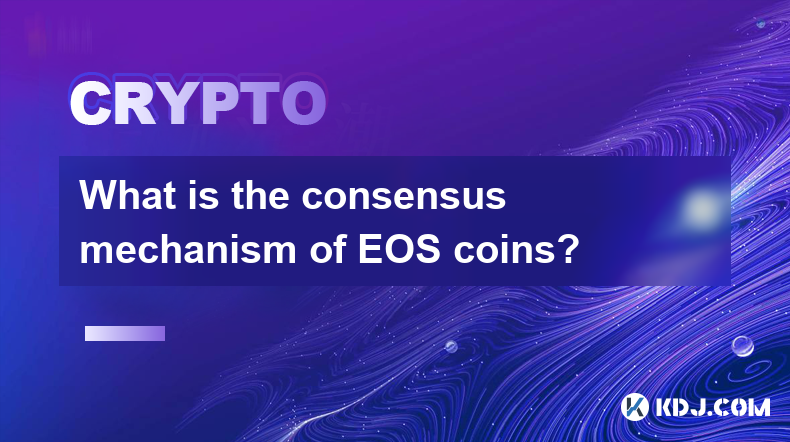
What is the consensus mechanism of EOS coins?
Feb 26,2025 at 11:19am
Key Points:EOSIO: The Foundation of EOS's Consensus MechanismDPOS: Delegated Proof-of-StakeBlock Producer ElectionsContinuous Block ProductionBlock Validation and IrreversibilityConsensus and Fork PreventionCommunity Governance and VotingWhat is the Consensus Mechanism of EOS Coins?EOS, an innovative blockchain platform, employs a unique consensus mecha...
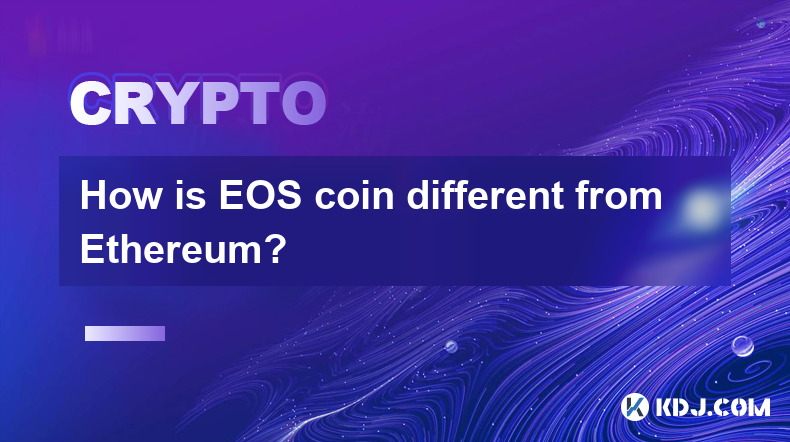
How is EOS coin different from Ethereum?
Feb 26,2025 at 10:48am
Key Points:Overview of EOS and EthereumDifferences in Consensus MechanismsAdvantages and Limitations of Each PlatformUse Cases and Target AudiencesComparison of Transaction Fees and ScalabilityCommunity Support and Development ActivityHow is EOS Coin Different from Ethereum?1. Overview of EOS and EthereumEOS and Ethereum are two of the most popular bloc...
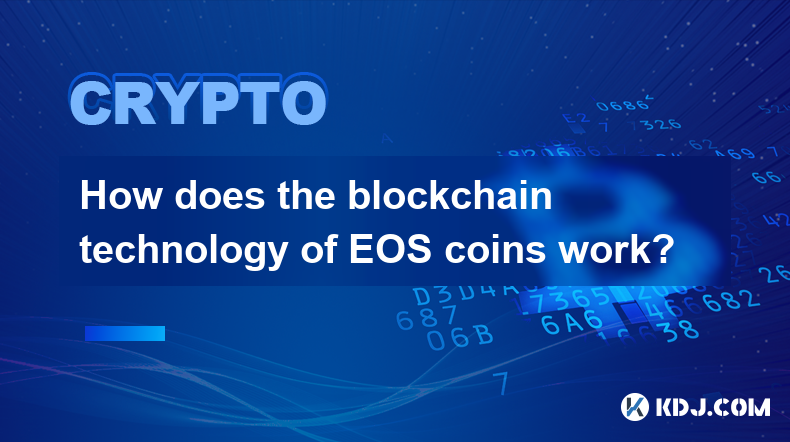
How does the blockchain technology of EOS coins work?
Feb 25,2025 at 11:13pm
Key PointsEOS is a blockchain platform that provides a high-throughput and scalable solution for decentralized applications.EOS uses a delegated proof-of-stake (DPoS) consensus mechanism to elect block producers and maintain the blockchain.EOSIO, the open-source software that powers EOS, offers a range of developer tools and features to facilitate the c...
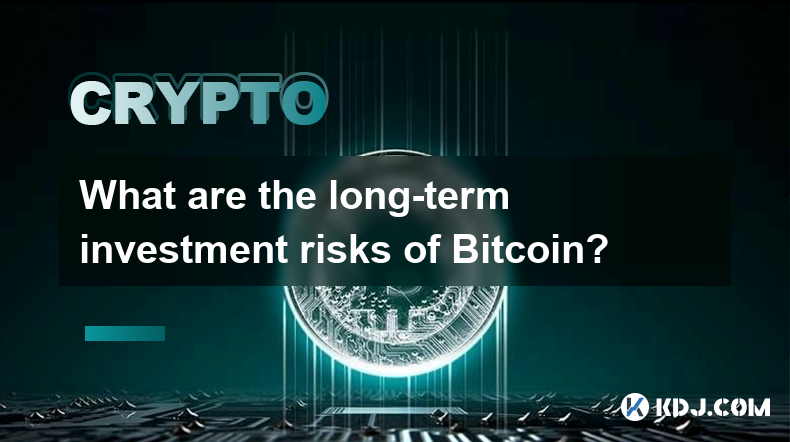
What are the long-term investment risks of Bitcoin?
Feb 22,2025 at 05:30pm
Key PointsVolatility and price fluctuationsRegulatory uncertaintySecurity risksCompetition from altcoinsMarket manipulation and scamsTransaction feesEnvironmental concernsLong-Term Investment Risks of BitcoinVolatility and Price FluctuationsBitcoin's high volatility is a double-edged sword. While it has the potential to generate substantial returns, it ...

What are the uses and application scenarios of EOS coins?
Feb 26,2025 at 09:54pm
EOS: Decentralized Infrastructure for Scalable Blockchain ApplicationsKey Points:EOS enables the creation and deployment of decentralized applications with unparalleled scalability and efficiency.Its unique architecture features a high-throughput blockchain with zero transaction fees and the ability to process millions of transactions per second.EOS is ...

What is the total amount of EOS coins issued?
Feb 26,2025 at 06:24pm
Key PointsTotal Supply: Understand the concept of initial supply and its impact on EOS tokenomicsSupply Dynamics: Explore the various factors that affect EOS supply, including inflation and staking incentivesMarket Capitalization vs. Circulating Supply: Delve into the nuances between these metrics and their significance in token valuationDistribution an...

What is the consensus mechanism of EOS coins?
Feb 26,2025 at 11:19am
Key Points:EOSIO: The Foundation of EOS's Consensus MechanismDPOS: Delegated Proof-of-StakeBlock Producer ElectionsContinuous Block ProductionBlock Validation and IrreversibilityConsensus and Fork PreventionCommunity Governance and VotingWhat is the Consensus Mechanism of EOS Coins?EOS, an innovative blockchain platform, employs a unique consensus mecha...

How is EOS coin different from Ethereum?
Feb 26,2025 at 10:48am
Key Points:Overview of EOS and EthereumDifferences in Consensus MechanismsAdvantages and Limitations of Each PlatformUse Cases and Target AudiencesComparison of Transaction Fees and ScalabilityCommunity Support and Development ActivityHow is EOS Coin Different from Ethereum?1. Overview of EOS and EthereumEOS and Ethereum are two of the most popular bloc...

How does the blockchain technology of EOS coins work?
Feb 25,2025 at 11:13pm
Key PointsEOS is a blockchain platform that provides a high-throughput and scalable solution for decentralized applications.EOS uses a delegated proof-of-stake (DPoS) consensus mechanism to elect block producers and maintain the blockchain.EOSIO, the open-source software that powers EOS, offers a range of developer tools and features to facilitate the c...

What are the long-term investment risks of Bitcoin?
Feb 22,2025 at 05:30pm
Key PointsVolatility and price fluctuationsRegulatory uncertaintySecurity risksCompetition from altcoinsMarket manipulation and scamsTransaction feesEnvironmental concernsLong-Term Investment Risks of BitcoinVolatility and Price FluctuationsBitcoin's high volatility is a double-edged sword. While it has the potential to generate substantial returns, it ...
See all articles

















































































